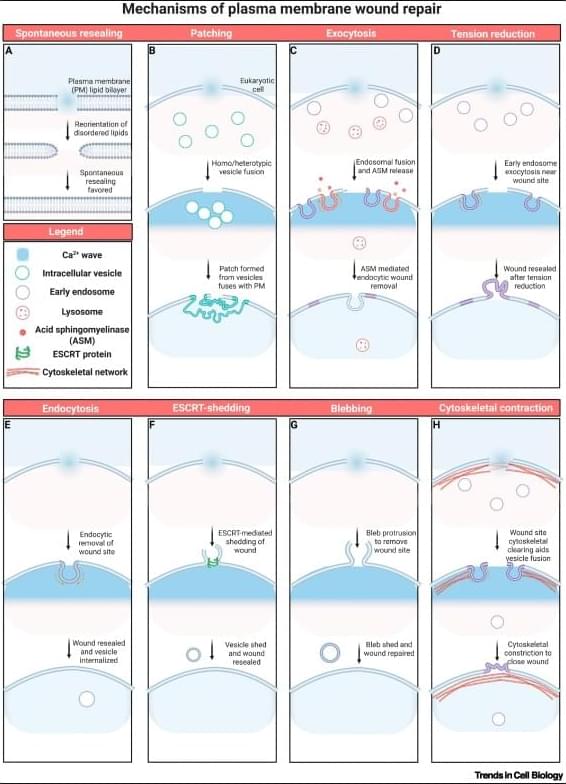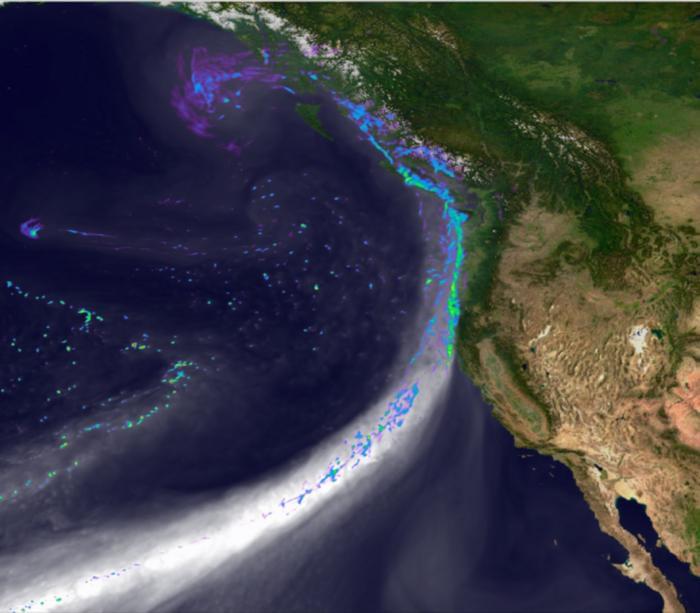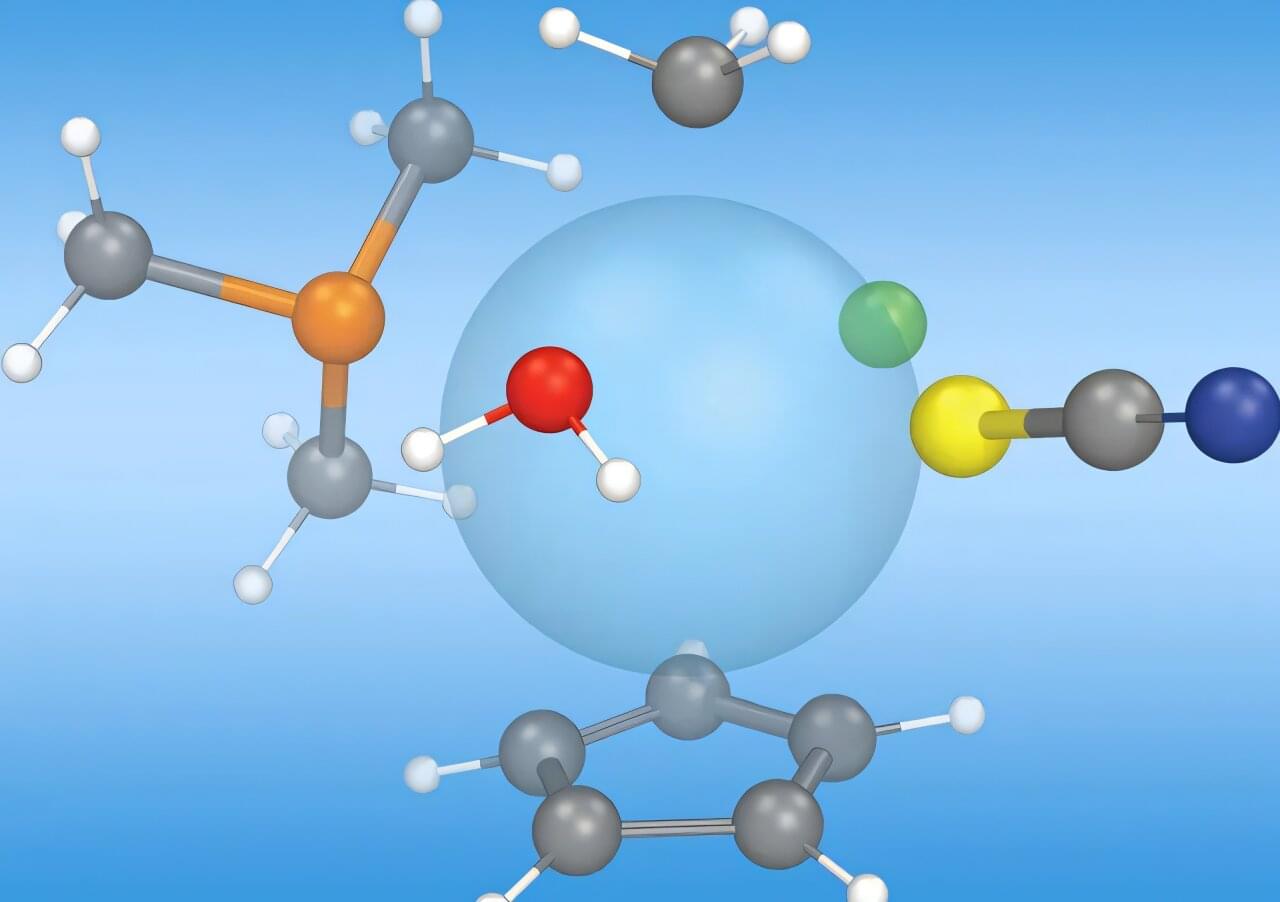Please consider joining my Substack at https://rupertsheldrake.substack.com.
In this talk, Rupert Sheldrake explores panentheism—the idea that the divine is not separate from the world but present throughout it, while also transcending it. With the grip of mechanistic materialism loosening, Rupert invites us to reconsider how we see nature, mind, and spirit. Tracing a broad arc from ancient philosophies and Christian mysticism to AI-generated worldviews, panpsychism, and psychedelics, he reflects on how the sacred presence in nature—-long affirmed by spiritual traditions-—is re-emerging through science, experience, and renewed practices of attention.
This talk was recorded at St James Church, Piccadilly, a longstanding hub for open spiritual inquiry and progressive theology in the heart of London.
Table of Contents.
00:00:00 — What Is Panentheism?
00:00:37 — The Dominant Worldview: Mechanistic Materialism.
00:01:46 — The Decline of Materialism & Rise of Alternatives.
00:02:21 — AI & Worldview Generation: A Symptom of Our Time.
00:03:55 — Return to a Living World: Gaia Hypothesis & Distributed Consciousness.
00:05:01 — God: Immanent vs. Transcendent (with Cultural Examples)
00:07:27 — Historical Tour: European Intellectual History.
00:07:42 — Pre-Christian & Ancient Greek Animism (Aristotle’s Souls)
00:09:51 — Medieval Period: Christianization of Greek Thought (Aquinas)
00:11:20 — Early British/Celtic Nature Mysticism.
00:12:51 — The Protestant Reformation: De-sacralizing Nature.
00:16:00 — The Scientific Revolution & Cartesian Dualism (Nature as Machine)
00:18:05 — From Deism to Atheism.
00:20:59 — The “Hard Problem” of Consciousness for Materialism.
00:23:28 — Panpsychism: Consciousness as Fundamental (Even in Stars)
00:26:26 — Pantheism (Spinoza) and Idealism (Kastrup) as Alternatives.
00:28:55 — Revival of Mystical Sense: Meditation.
00:31:00 — Psychedelics and Experiences of Greater Consciousness.
00:33:16 — The Experiential Roots of Religion (David Bentley Hart)
00:35:23 — Models of Ultimate Reality: Hindu Perspectives.
00:37:35 — Models of Ultimate Reality: The Christian Trinity & Speech Metaphor.
00:41:15 — Nature Reflecting Trinitarian Principles.
00:43:15 — The Cosmic Christ & Universe as Incarnation (Bede Griffiths)
00:44:57 — Aquinas: Nature Striving for Divine Perfection.
00:46:50 — Reconciling Immanence & Transcendence in an Evolving, Creative Universe.
00:48:17 — Spiritual Practices for Experiencing Panentheism (Singing, Festivals, Nature Connection)
00:53:46 — End of Lecture / Start of Q&A
By joining Rupert’s Substack, you’ll receive articles, ad-free episodes, early access to videos, and exclusive content:
👉 https://rupertsheldrake.substack.com.
#Panentheism.








